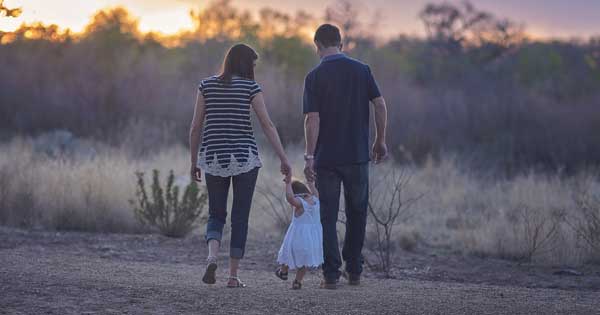There could be as many as 126 people in Ireland that don’t know their true identity because the details of their births were deliberately recorded incorrectly.
Minister Katherine Zappone said she is “truly sorry” when she announced that Tusla, the Child and Family Agency, will be contacting 126 people born between 1946 and 1969.

The shocking discovery was made during analysis of adoption records St Patrick’s Guild, carried out by Tusla.
The false records occurred when a child was placed with a couple or individual who was not the parent, but was registered as so on the birth certificate.
Minister Zappone said: “We have known about the practice of incorrect registrations for many years, but it has been extremely difficult to identify and prove in individual cases because of the deliberate failure of those involved to keep records.
“However, Tusla has found clear evidence in the case of some records previously held by St Patrick’s Guild.”
Around 13,500 St Patrick’s Guild records were studied, and cross checked against the data held by the Adoption Authority of Ireland and the General Register Office (GRO).
The study found 126 incorrect registrations including 79 people who have had no contact with St Patrick’s Guild and may be entirely unaware of the true circumstances of their birth.
There were also 14 people where a relative had contact with St Patrick’s Guild, but where it is not clear whether the person affected are now aware of the incorrect registration.
Minister Zappone added: “This is a very serious and sensitive issue. People have the right to know of their true origins and, where we have clear evidence, I believe we have an obligation to tell the people affected. Some may know already, but for others it will be entirely new and very difficult information indeed.
“Tusla has developed a plan for making contact with people and for providing the right supports for them as they absorb this information.”